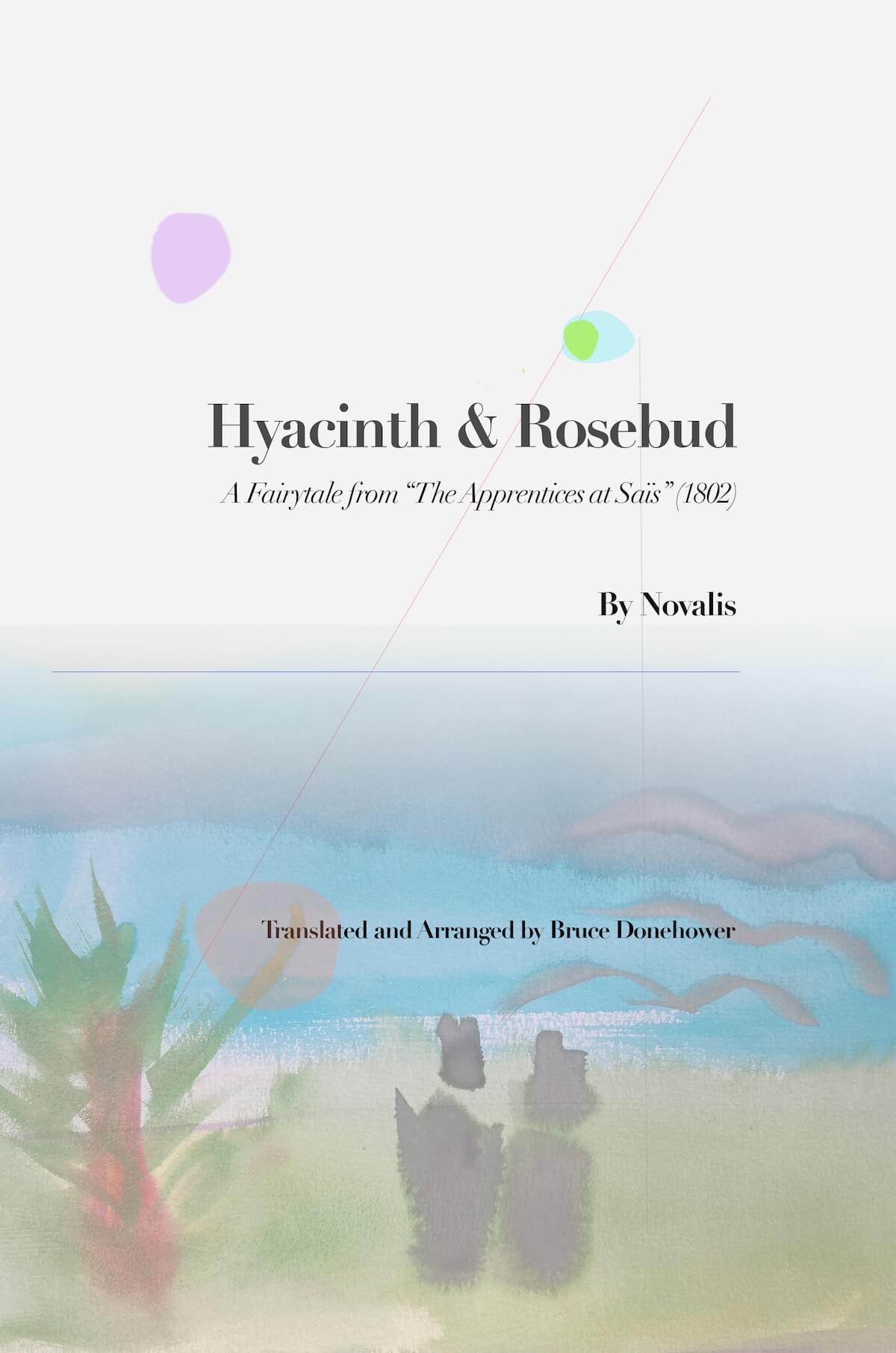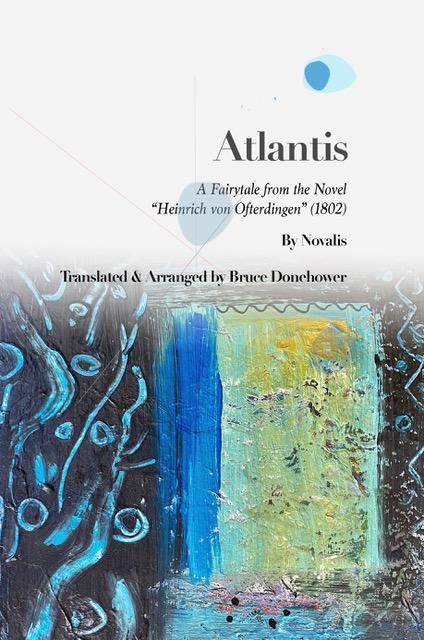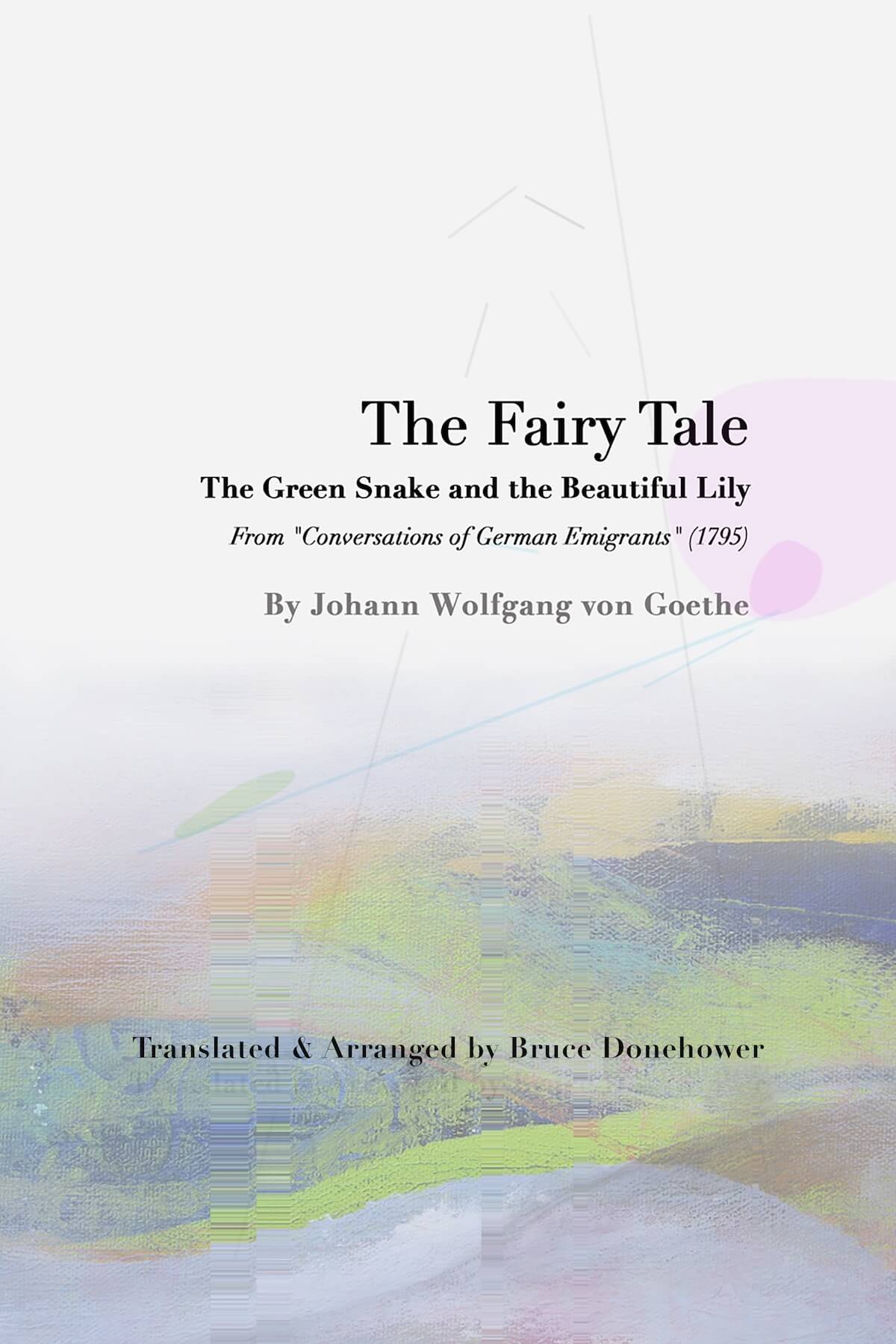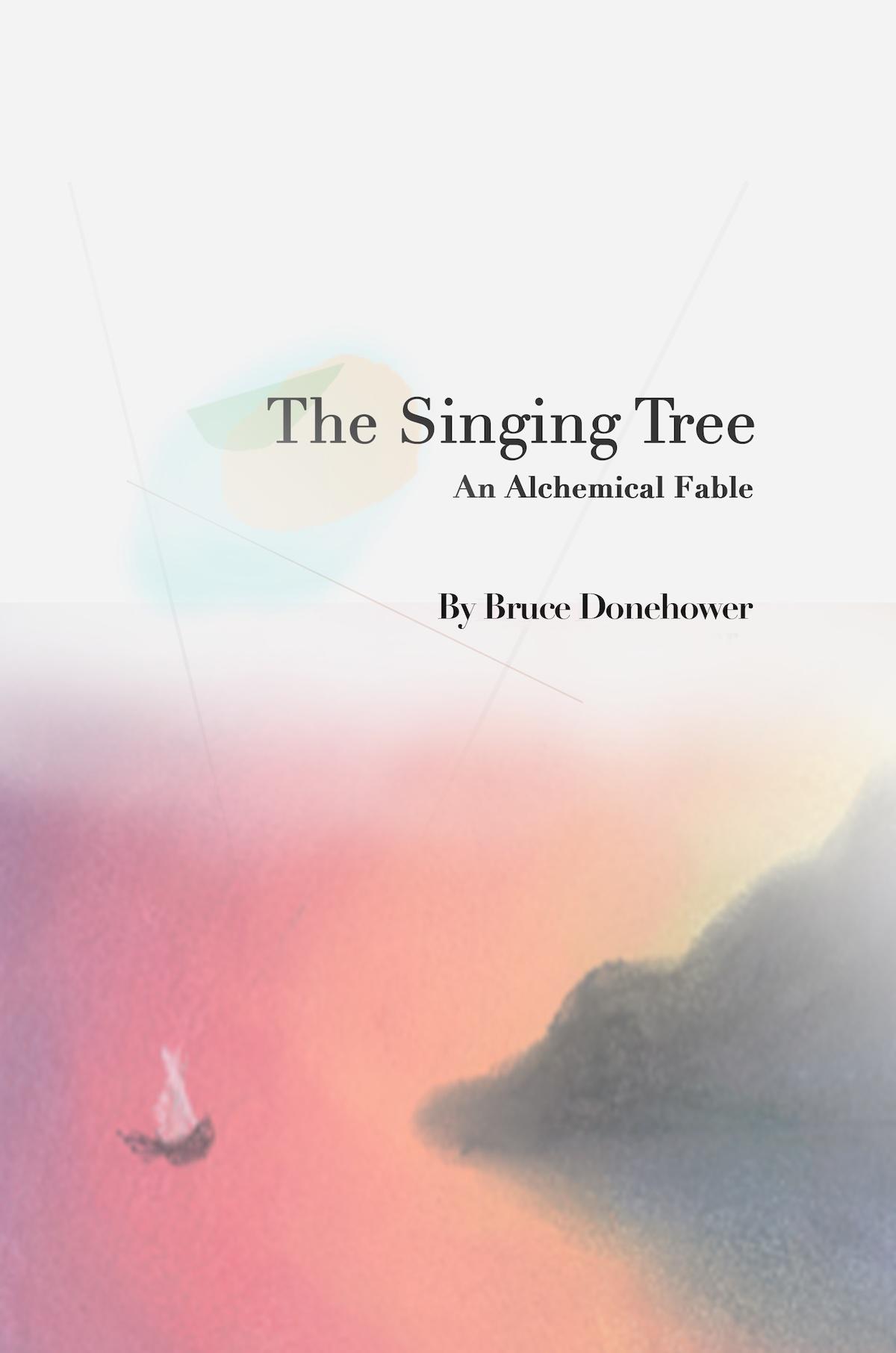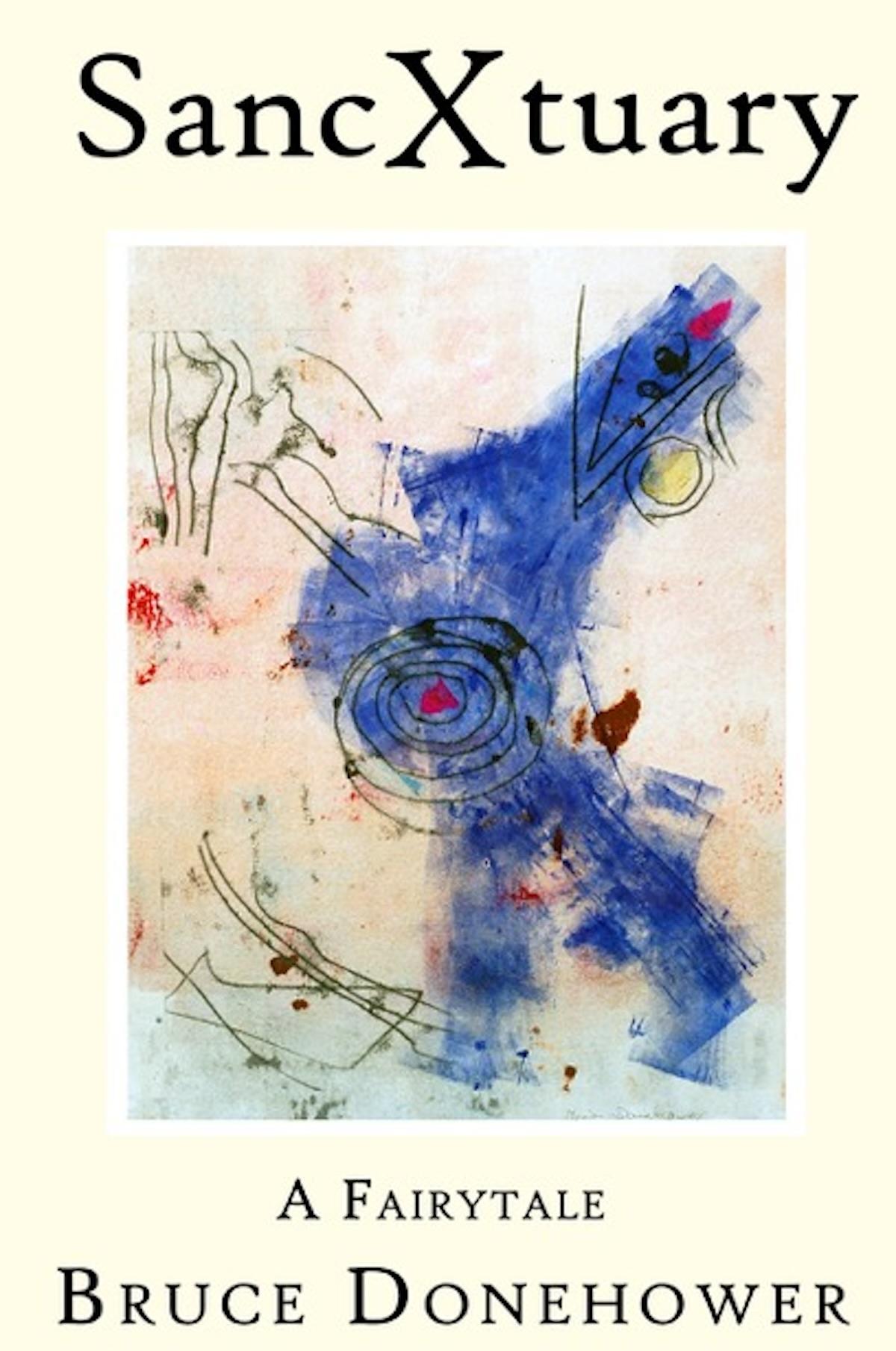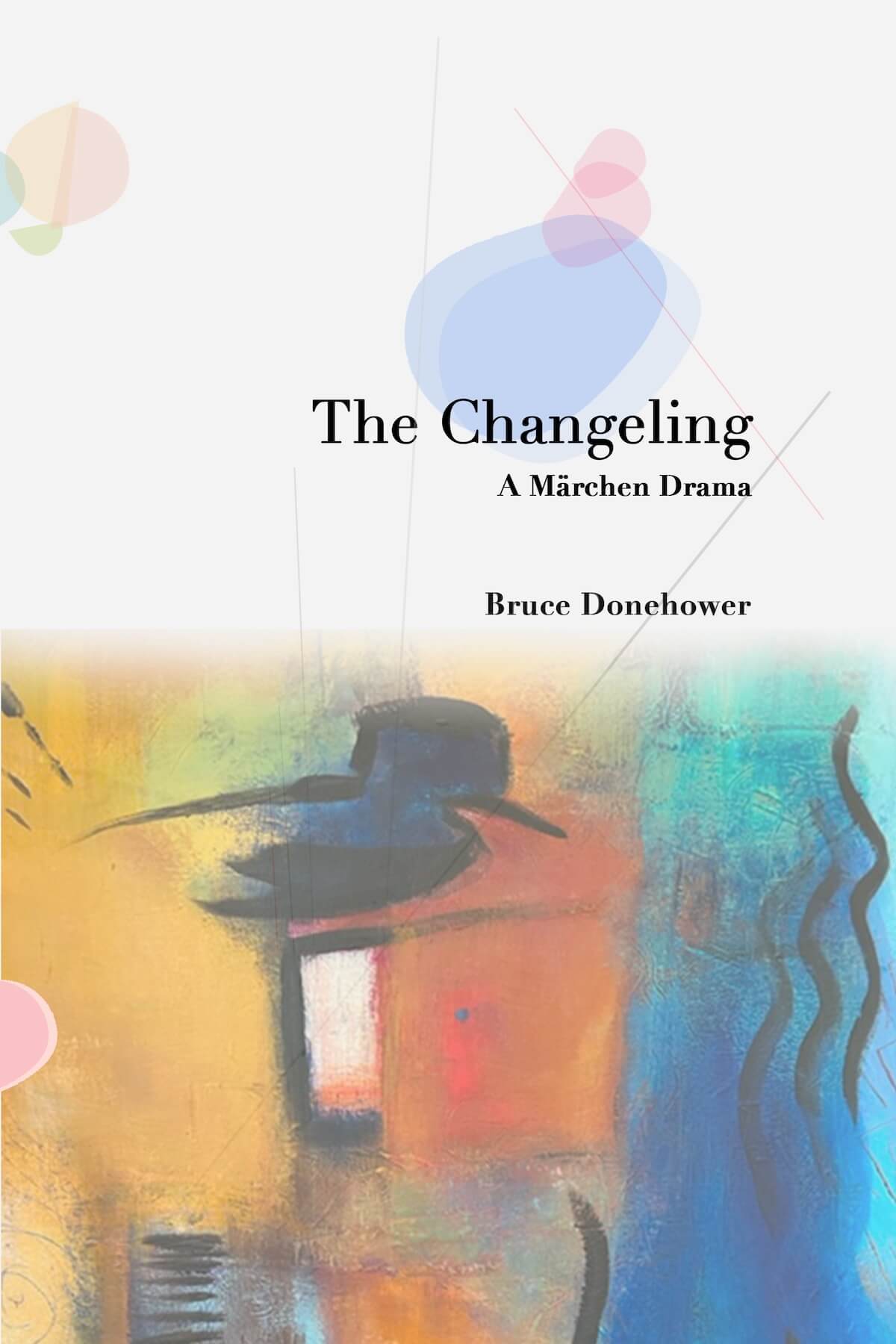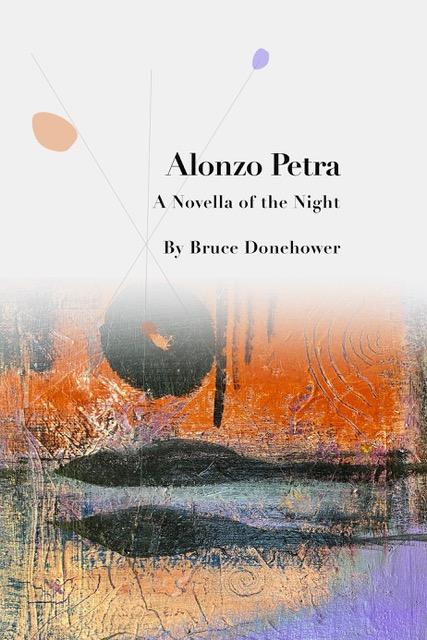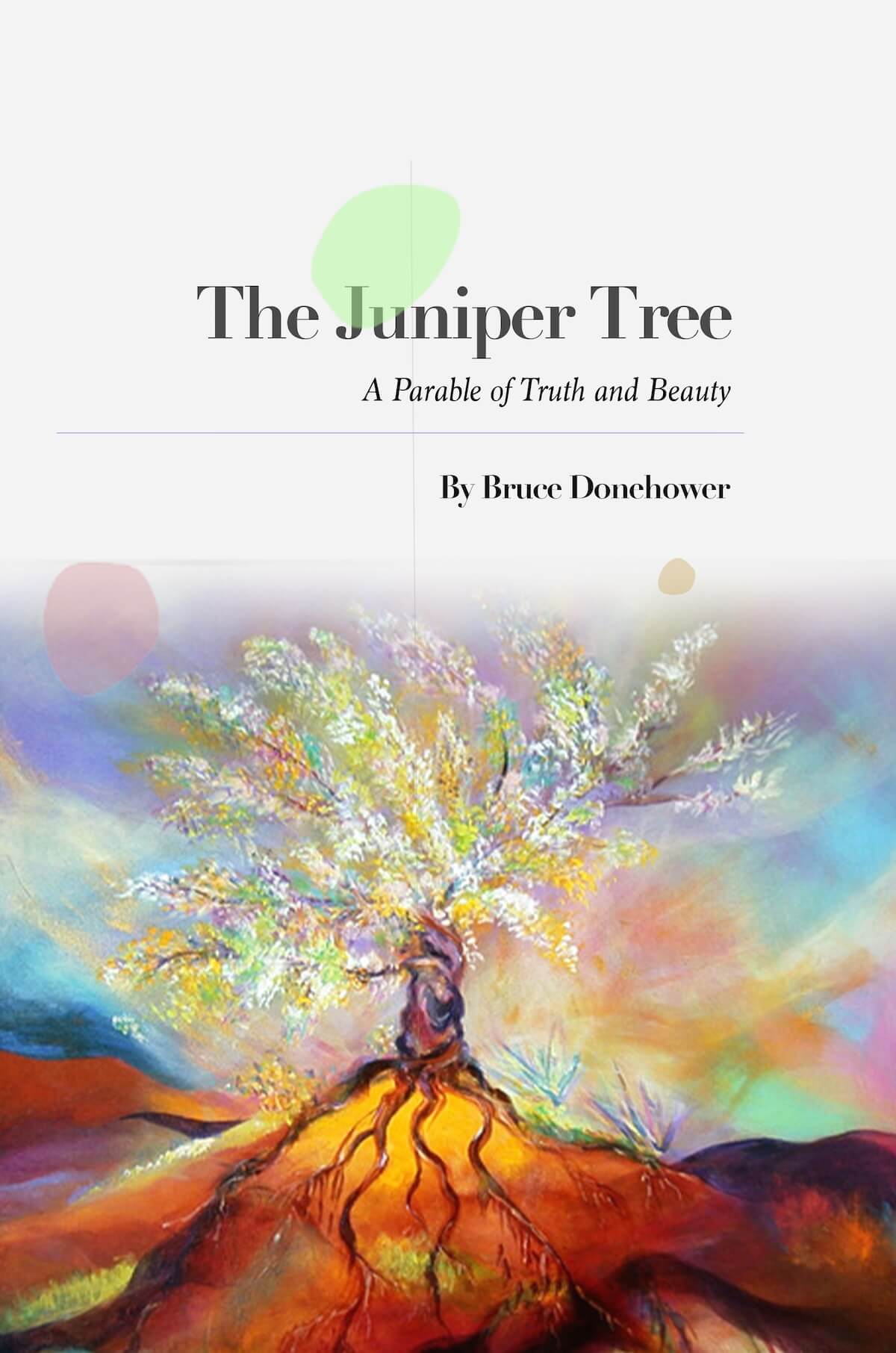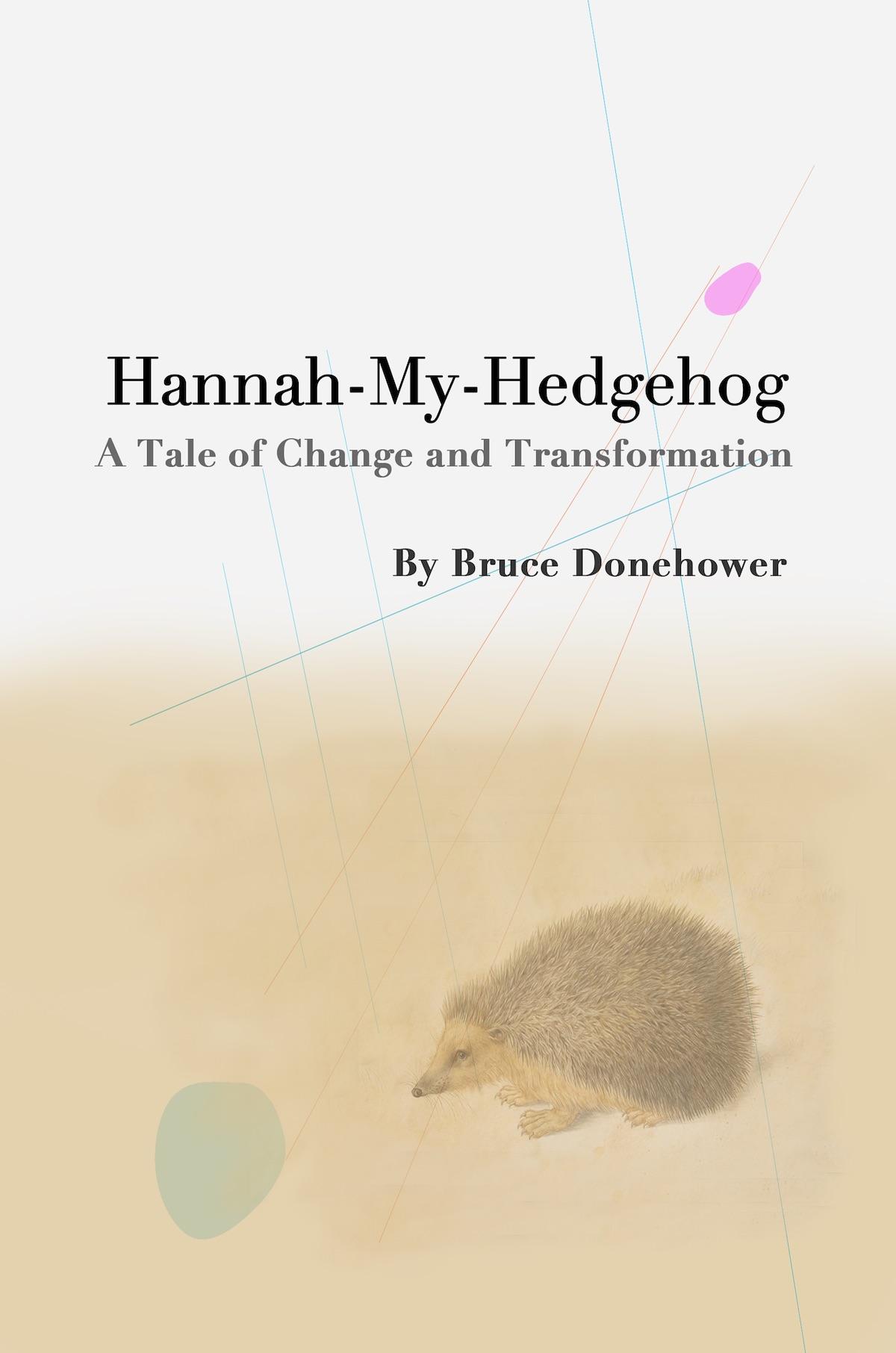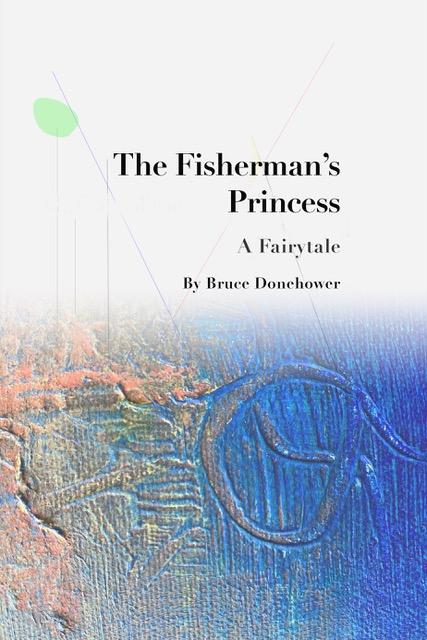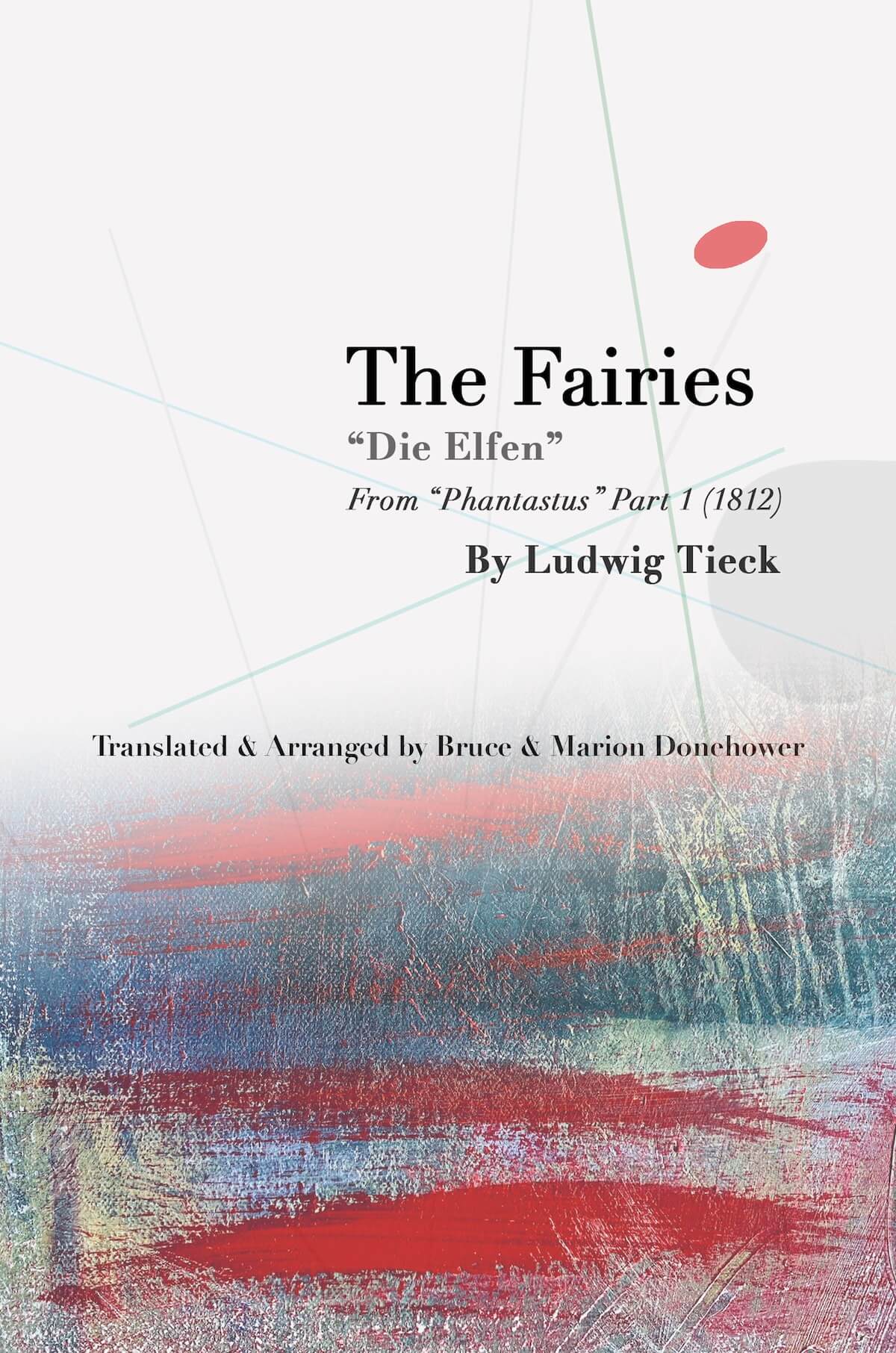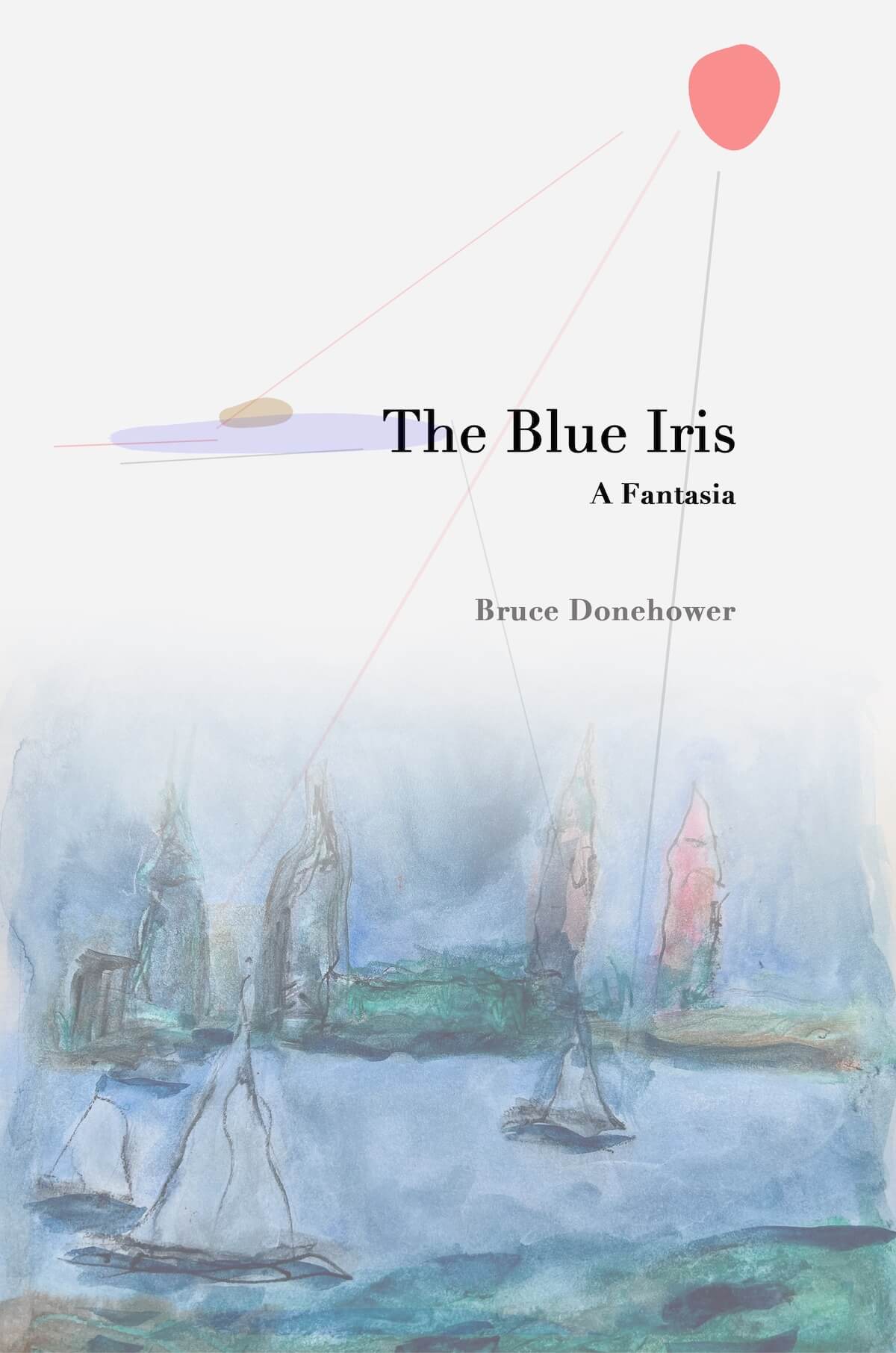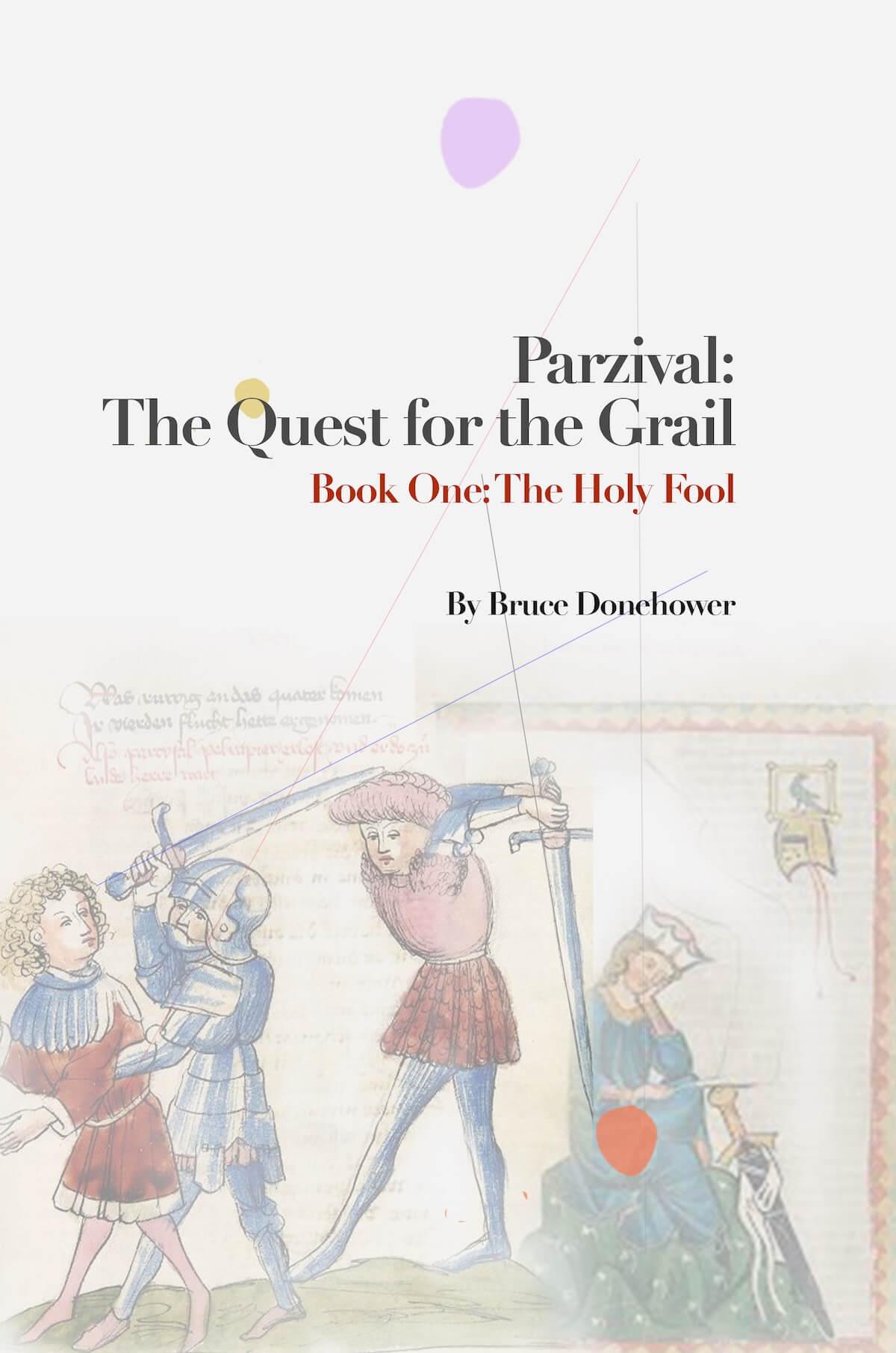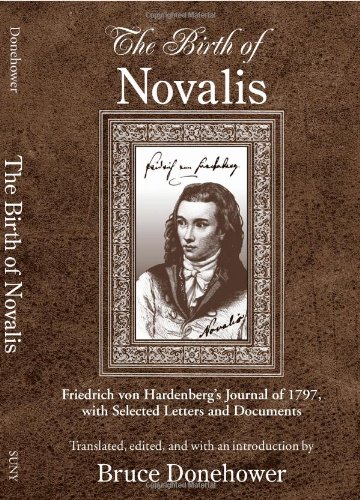Hyacinth & Rosebud
A fairytale from “The Apprentices at Sais” (1802)
By Novalis
This fairytale by Novalis, “Hyacinth & Rosebud,” appeared in the “The Apprentices at Saïs” published in 1802 by Novalis’ friends Ludwig Tieck and Friedrich Schlegel after the death of Novalis (1772-1801).
This unique and original translation for the 21st century also contains an original Afterword “The Healing Art of Fairytale” by Bruce Donehower, Ph.D. The publication arises as an outcome of the ongoing work of the Section for the Literary Arts and Humanities of the School for Spiritual Science in North America. The edition commemorates the 250th anniversary year of the birth of Novalis (Friedrich von Hardenberg).
Novalis considered fairytale to be the “touchstone of poetry.”
The philosopher Rudolf Steiner, following the indications of Novalis more than one hundred years after Novalis died, made many important remarks about the significance of fairytale. Perhaps one of the most intriguing remarks is that “fairytales can help counter illnesses.”
about us
Sage Cabin Publishers
Sage Cabin Publishers, established March 25, 2021, is an imprint whose mission is to make available translations, reprints, essay collections, literary criticism, novels, poetry, and drama—works that align with the secular humanist literary tradition such as that tradition has developed since the time of Petrarch. We take as inspiration the writings of Goethe and Novalis. May the reader flourish!
“Friends, the soil is poor. We must scatter abundant seed to ensure even a middling harvest.”
— Novalis
To read more about the impulse behind Sage Cabin Publishers, visit The Literary Arts website.
Current Titles
Atlantis
This unique and original translation contains an original Afterword “The World Must Be Romanticized” by Bruce Donehower. This new translation and edition arises as an outcome of the ongoing work of the Section for the Literary Arts and Humanities of the School for Spiritual Science in North America. The edition commemorates the 250th anniversary year of the birth of Novalis (Friedrich von Hardenberg; born May 2, 1772). The fairytale Atlantis by Novalis appears as chapter three in the novel Heinrich von Ofterdingen by Novalis, published one year after the death of Novalis in 1802. Artist members of the Section for the Literary Arts and Humanities used an abridged version of this text as a script for a live performance and for a performance video that can be viewed on Vimeo or YouTube. A link to the performance video appears in the Afterword.
The Fairy Tale
The Green Snake and the Beautiful Lily
By Johann Wolfgang von Goethe
“For those whose acquaintance with Goethe’s The Fairy tale of the Green Snake and the Beautiful Lily is through the 1832 translation by Thomas Carlyle, Bruce Donehower’s new translation will be a breath of fresh air – contemporary, accessible and inviting. Donehower’s Afterword views the tale genially under the sign of friendship, and provides the reader with welcome permission to stop mining the text for significances, and just to enjoy.”
— Fred Dennehy, actor, playwright, and Classholder for the New York City branch of the School of Spiritual Science
Goethe’s Fairy Tale is “the archetypal seed” of the anthroposophical movement.
– Rudolf Steiner
“The Fairy Tale came to birth as a result of the friendship between Goethe and Schiller, and friendship is a dominant theme in the Tale. Schiller was the first and primary audience for the work. As is well known, it was the friendship between these two individuals, Goethe and Schiller, that inaugurated the period in European literature known as Weimar Classicism.”
— From the Afterword “Goethe in Paradise.”
Winner of the Bazzanella Literary Award, California State University, Sacramento
The Singing Tree
An Alchemical Fable
“The Singing Tree can’t be put down; it is immediately engaging. This is a first-rate work, witty and observant and with a central character one can’t help but believe in and care about, a work that is genuinely of and for the Imagination. It is an ecological story, a coming-of-age story, a time-travel story, a philosophical story . . . And it stays with me into sleep, during sleep, on waking up, it is still unfolding . . . “
— Professor Jane Hipolito, California State University, Fullerton (from her review of the first edition, 2006)
When Hannah’s father leaves to discover the last unknown country in the world, Hannah finds her life changed forever. Seven years pass without any news. Then, on the day of her thirteenth birthday, Hannah receives a mysterious gift. To understand the gift’s meaning, she must undertake a quest. Only when she meets a Master of Memory and the Master’s strange apprentice who teaches her the art of hovering does she find her way to the Singing Tree, the key to the riddles of her destiny.
“In this new edition for 2021 from Sage Cabin Publishers, I have revised and completely re-written large sections of the 2006 edition, which is still available. I began this book in September 1982 after encountering anthroposophy through the teaching of Rene Querido at the then existent Rudolf Steiner College in Fair Oaks, CA . . . ”
— Bruce Donehower, from the Introduction. Read more of the Introduction by clicking this sentence
SancXtuary
A Novel
“A rich book — stunningly organized and narrated, so that you could open many levels of reality and give us the readers plenty of hope. This intricate, perfectly paced, highly engrossing novel has eaten up my weekend, is luring me away from major deadlines planned for July, and generally ruining my happily scheduled life. What’s a literary arts and humanities person to do in such a situation? I loved it.”
— Professor Gertrude Reif Hughes, Founding member of the Section for the Literary Arts and Humanities in North America
Tracker-poet Mingo Aihouauk has a problem! Sister Hettie Starkey, shaman and devoted DAR housewife from Tonawanda has summoned him to Niagara where an unsolved murder’s got Hettie’s husband, New York State Park Ranger Raymond Starkey (soon to retire!) thoroughly skunked. All clues point to Ohio — but worse, to Dedham College, a prestigious institution of higher learning founded in the early years of our colonial settlement. Could this journal be the key to the mysterious SANCXTUARY?
Hettie sure thinks so! But as Aihouauk and Starkey launch a wild road trip deep into the wilderness of Ohio, other characters complicate affairs. There’s Mattie Rivera, whose fugitive race to Buffalo suggests that she’s the Mater Arcanum of this cabal. Then there’s G-Man Peter Ashe. As Guru, Gum Shoe, and Big Picture Kind of Guy, Ashe has only one play in his dog-eared game book: Get Mattie Rivera. Is it because Ashe and Mattie are locked in a last-ditch tango to save the planet? But wait! Hasn’t that Doomsday Book been etched?
This desperate crew of trackers, rangers, ghosts, bodhisattvas, anthropologists, totem animals, American colonial zealots, fairies, high-IQ physicists, poets, and Mohawk Valley refugees all race to ground zero as the clock ticks down. Will they read the tea leaves in time? No way to know until it’s Christmas — when Aihouauk, Hettie, and Starkey bust the crime!
The Changeling
The word for “fairy tale” in German is Märchen, but Märchen also means simply “tale.” It is hard to find an English term that is equivalent to Märchen. Our group struggled with the term “fairy tale,” which often is taken to mean “a whimsical story for young children.” We, on the other hand, approach “fairy tale” in the spirit of German early romantics such as Novalis and Ludwig Tieck — writers who saw “Märchen” as high expressions of poetry and literary art.
— Bruce Donehower. Read more about how the Literary Arts Section works with Fairy Tales by clicking this sentence.
One of the most arresting statements made by Rudolf Steiner about the fairy tale is that “fairy tales can help counter illnesses.” We find this statement in the book The World of Fairy Tales.
“Fortunate is the individual who experiences in proper mood these wonders during childhood, for such tales may accompany her throughout her lifetime, much in the manner of a helpful angel.”
— Rudolf Steiner (paraphrasing a statement by Wilhelm Grimm)
“The Märchen is the touchstone of poetry . . . everything poetic must be like a Märchen. The poet worships chance.”
— Novalis
Alonzo Petra: A Novella of the Night
Winner of the Bazzanella Literary Award, California State University, Sacramento
The Juniper Tree
A Parable of Truth and Beauty
Hannah-My-Hedgehog
Chapter One
“Once upon a time… When did it happen? When did it not happen?… there lived a farmer who did pretty well for himself. He had land and money, and his neighbors gossiped and called him rich.
But despite all good fortune, he felt unhappy because he had no children with his wife.
Often when he went to town with the other farmers, the other farmers teased him and said mean things because they thought it was queer that he had no kids.”
The Fisherman’s Princess
“The strange maiden did not stir. She appeared to be fifteen or sixteen years of age. Her beauty was perfect—so perfect that it made the old fisherman tremble deep in his bones, as though he were still a younger man. She was the loveliest young woman he had ever seen! The maiden’s hair was long and glistening black. Her skin was smooth and unblemished. Even a goddess would have envied her! And yet, she slept quite humbly on the dried seaweed and rags and threads and broken shells and crockery, with her head pillowed on her forearm and her face completely peaceful and relaxed—naked except for the old woman’s tattered shawl.”
The Fairies
“Ludwig Tieck reveals how the Goetheanism of the first half of the nineteenth century was mirrored in a receptive personality; how something like a memory of the great ancient periods played into the modern age; periods in which mankind, looking up to the divine-spiritual, strove to create, in the arts, memorials of the divine-spiritual.”— Rudolf Steiner, The Arts and Their Mission, Lecture IV, 1923
“Tieck shows us how the philosopher can inspire the artist.”— Rudolf Steiner
The Blue Iris: A Fantasia
Fantasia:
“A free musical composition, not in strict form; a poem or play or story in which the author’s fancy roves without restriction . . .
In a city built on water, where ships from every ocean came and went, Emma lived with her grandfather, Pietro. Their home was a barge moored to the side of an old canal.
The barge had a name. They called it the Blue Iris. The Blue Iris was small but very cozy, and it was tight as a drum against the rain. Grandfather Pietro painted it every spring, blue and white, and always made certain that its decks were scrubbed, its windows washed, and its brass fittings buffed and polished.”
Winner of the Bazzanella Literary Award, California State University, Sacramento
Forthcoming
Parzival: The Quest for the Grail
Book One: The Holy Fool
Other books by Bruce Donehower
The Birth of Novalis
This book offers, for the very first time, a reliable and lucid translation into English of the most important primary sources pertaining to the biography of the German Romantic poet-philosopher Novalis.
“The Birth of Novalis… the title of which recalls the outworn image, actually dismantles the Novalis legend. This invaluable biographical collection concentrates on the engagement to Sophie von Kühn, from the poet’s meeting with the twelve-year-old to her excruciating death at just fifteen. … The diaries are filled with references to social events, to conversations, meals, walks, and so on. There are also some fairly frank notes on his sexual activity, what Novalis calls ‘the satisfaction of my fantastical desires.’” ― The Times Literary Supplement
Miko
Grandfather tells Miko the tale of King Winter kidnapping the daughter of the Sun and Moon, and little Miko decides that he must venture out into the snowy night to investigate the endless darkness.
Review from Amazon (a reader):
“A friend of a friend recommended the book. The action moves like a movie–it kept my son’s attention beginning to end when I read it to him and it’s one of his favorites now. Highly recommended for reading aloud. I enjoyed it as much as my eight-year-old.”
“Highly recommended”
— NY Times Book Review
“One ought, every day at least, to hear a little song, read a good poem, see a fine picture, and, if it were possible, to speak a few reasonable words.”

